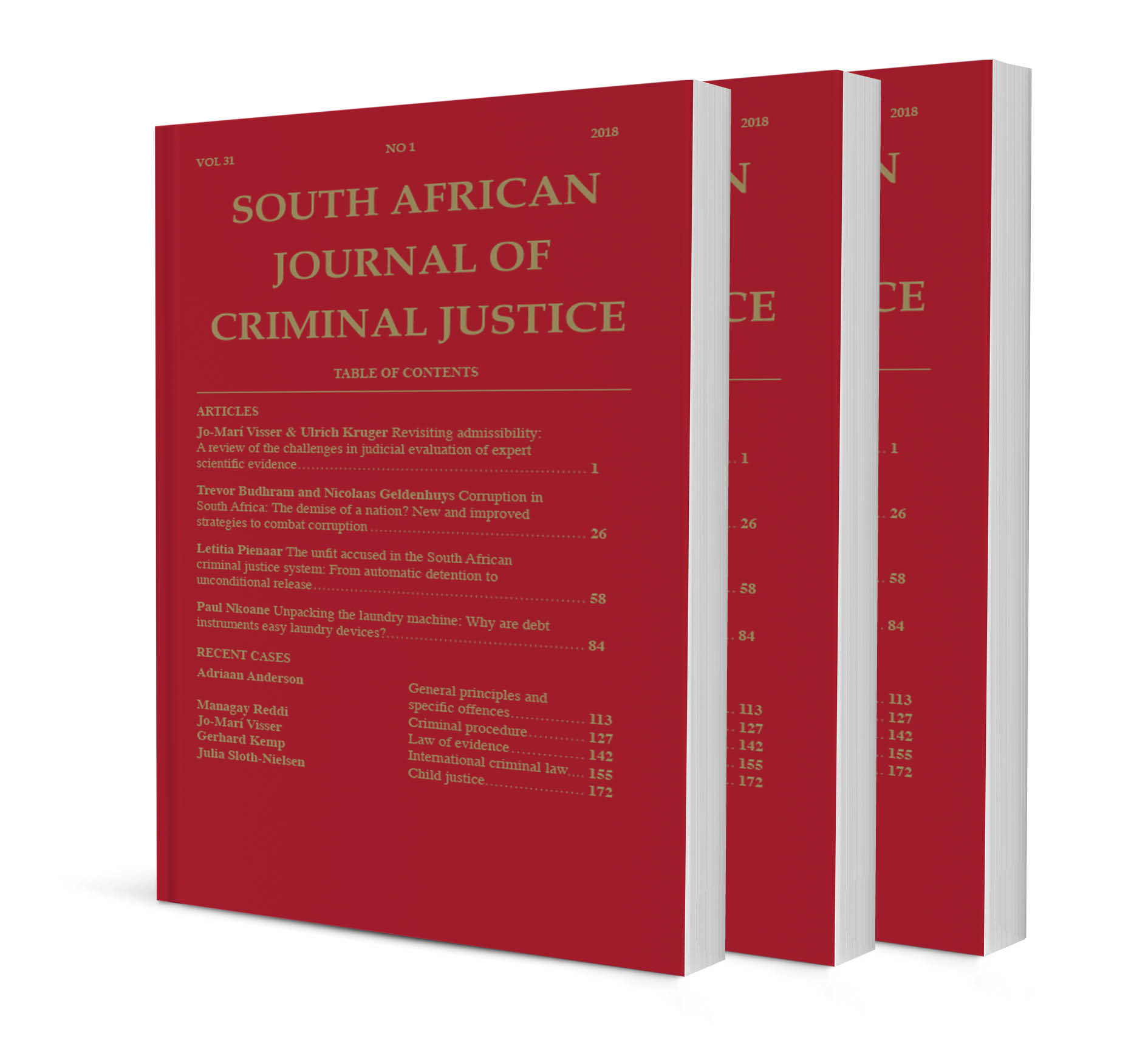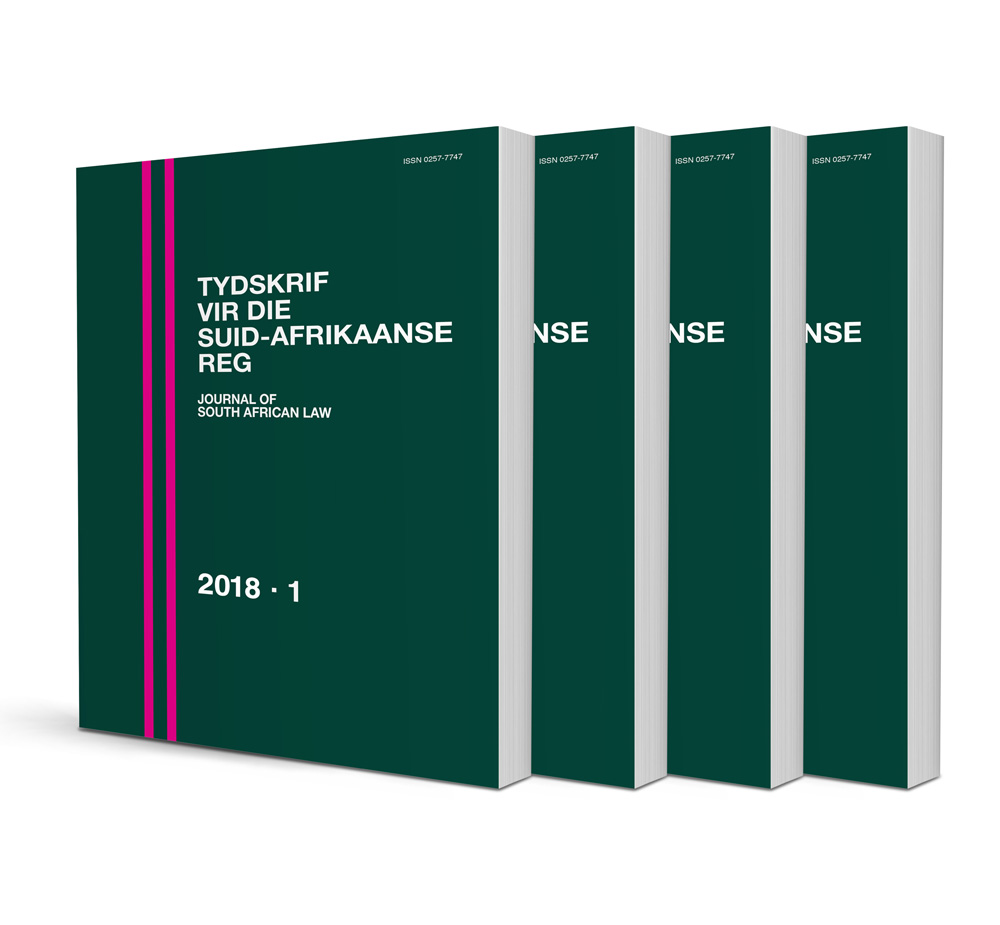Examining the value of criminologists’ skills in the context of sentencing objectives: Perspectives from presiding officers in Bloemfontein, Free State Province

Examining the value of criminologists’ skills in the context of sentencing objectives: Perspectives from presiding officers in Bloemfontein, Free State Province
Author: Kelebogile Boleu
ISSN: 1996-2118
Affiliations: MA (Criminology) (UFS); Junior Lecturer, Faculty of the Humanities, University of the Free State
Source: South African Journal of Criminal Justice, Volume 36 Issue 3, p. 363 – 378
https://doi.org/10.47348/SACJ/v36/i3a1
Abstract
The role of criminologists in South Africa and many other countries has been evolving and expanding over the years. Criminologists are increasingly involved in various phases of the judicial process, including the pre-trial, trial, and post-trial stages.1 As a scientific discipline, criminology involves understanding the root causes of crime, its impact on society, and how to prevent and respond to criminal behaviour. However, it stands to reason that in making an informed and balanced contribution to a case in a court of law, the criminologist must familiarise themself with all aspects relevant to the case.2 The current study focused on the perception of presiding officers about criminologists as expert witnesses in their courts during sentencing. This study explored whether presiding officers valued criminologists knowing, understanding and applying sentencing objectives in writing their reports. A qualitative inquiry was conducted to explore whether it is important for a criminologist to understand sentencing objectives in order to provide an overall and thorough report to the court. Semi-structured interviews were conducted with presiding officers from the regional and high courts in Bloemfontein. The findings suggest that presiding officers prefer to appoint a criminologist who understands and has broad experience of all sentencing objectives in South Africa to assist them in deciding on appropriate sentences.
